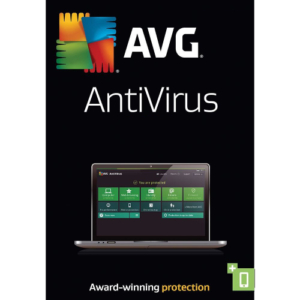Real-time scanning
Real-time scanning is like a superhero for your computer—it always watches for bad guys trying to sneak in. It’s part of antivirus and security stuff—catching and stopping viruses and other trouble right away to keep your system safe.
Here are some key features of real-time scanning:
- Continuous Monitoring: It involves continuous and automatic monitoring of files, data, and activities on a system or network.
- Immediate Threat Detection: The primary goal is to detect and identify potential threats as soon as they enter the system. This includes viruses, malware, and other malicious activities.
- Behavioral Analysis: It uses behavior analysis to spot weird stuff that doesn’t normally happen on your system. This way, it finds new threats we didn’t know about before.
- Signature-based Detection: Utilizes a database of known virus or malware signatures to identify and block malicious files. This is effective against known threats.
- Immediate Response and Action: When it finds a threat, real-time scanning acts fast! It quickly isolates or locks away the bad files to stop them from causing more trouble.
- Minimal Performance Impact: Good real-time scanning tools work without slowing your computer down too much. They’re designed to let you do your usual stuff without a big slowdown.
- Network and Email Scanning: Extends beyond local systems to include scanning of network traffic and email attachments in real-time to prevent the spread of threats.
- Automatic Updates: Regularly updates its signature databases to stay current with the latest known threats, ensuring that the system is protected against new vulnerabilities.
- Customizable Policies: Allows administrators to customize scanning policies based on the specific needs and requirements of the organization.
- Logging and Reporting: Provides detailed logs and reports of scanning activities, including identified threats and actions taken, for analysis and auditing purposes.
- Integration with Security Ecosystem: Can integrate with other security solutions and systems to create a comprehensive security ecosystem, sharing threat intelligence and enhancing overall protection.
- Display 15 Products per page


 Avast Premium Security for Mac
Avast Premium Security for Mac AVG AntiVirus
AVG AntiVirus
 AVG AntiVirus Pro for Android
AVG AntiVirus Pro for Android

 AVG Internet Security
AVG Internet Security
